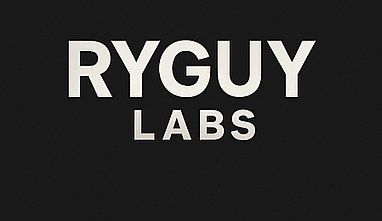Mastering Cold Outreach: Stop Wasting Your Time
Let’s be honest. Most cold outreach is bad. It’s either a generic, "spray and pray" mess or a desperate, rambling pitch. And you've seen the results—nothing. Low reply rates, low conversions, and a whole lot of wasted time.
This isn’t about being more charming or using clever tricks. This is about being strategic and respecting your prospect’s time. A good cold email or message isn't an interruption; it's an introduction to a solution. And it starts with a simple rule: **be valuable, not verbose.**
You’re not here to be a pen pal. You're here to solve a problem. Here's how you do it, broken down into four essential steps.
1. The Research: You've Got One Shot
A cold email is only as good as the research behind it. Before you even think about writing, you need to understand who you’re talking to. What's their role? What industry are they in? What problem are they trying to solve?
Your goal is to find a specific, relevant trigger. This could be a recent company announcement, a new product launch, a job posting, or even a recent public comment. This gives you a reason to reach out that isn't just, "I want to sell you something." It shows you've done your homework and aren't just sending another automated message.
2. The Subject Line: Make Me Care
If your subject line is boring, the rest of your email doesn't matter. It’s a bouncer for your message. Its only job is to get the email opened. Avoid clichés like "Quick question" or "Following up."
Focus on curiosity and personalization. A subject line that references their company, a specific problem, or a mutual connection will always outperform a generic one. For example: **"Idea for [Company Name]'s Q3 Goals"** or **"Improving [Specific Process] at [Company Name]."**
3. The Body: Value Over Volume
This is where most cold emails fail. They're too long. Nobody has time for a novel. Get straight to the point.
The body of your email should be three short, clear sentences. **Sentence 1: The Opener.** State your purpose and show your research. **Sentence 2: The Value Prop.** Briefly explain the benefit you offer. **Sentence 3: The Call to Action.** Tell them exactly what to do next. That's it. No fluff, no jargon.
4. The Call to Action: Be Specific
A weak call to action is a surefire way to get ghosted. Don't ask, "When's a good time to chat?" That puts the burden on them. Be specific.
Instead, try a low-commitment question. Ask for a specific time or offer a single, clear next step. Examples: **"Do you have 15 minutes next Tuesday?"** or **"Would you be open to a quick 5-minute call on Friday?"** The easier you make it, the more likely they are to say yes.
The Final Rule: Persistence
Most people don't respond to the first email. Don't give up. A good cold outreach process includes a series of follow-ups, each with a new piece of value. You're not being annoying; you're being persistent. And in sales, persistence is often the only thing that separates a yes from a "crickets."

